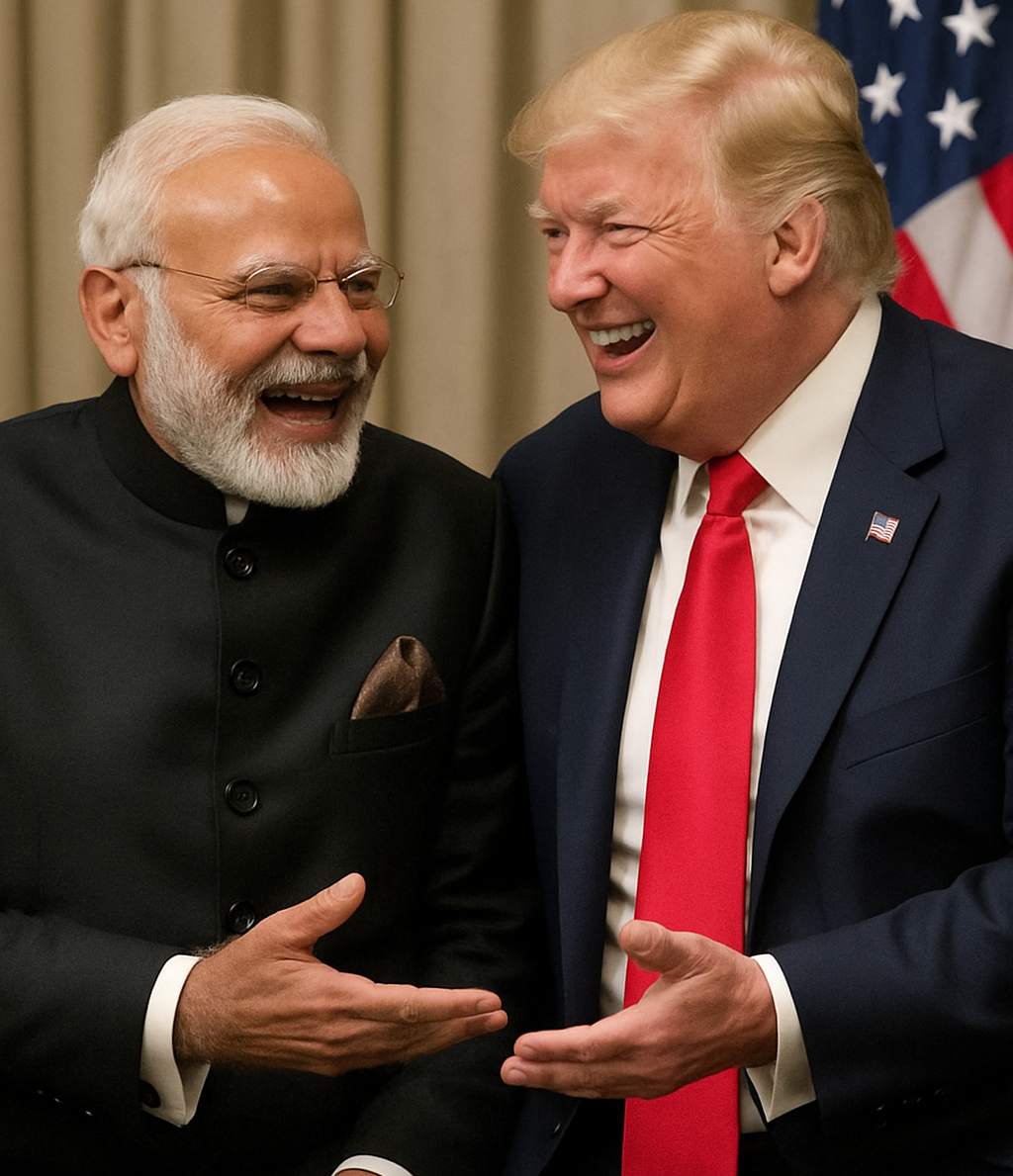U.S.-India Trade Talks Hit Critical Juncture Ahead of Deadline
As the deadline for a potential trade agreement between India and the United States fast approaches, President Donald Trump has signaled that India could face tariffs as high as 25% if a deal is not finalized by August 1. Addressing reporters on Tuesday, Trump confirmed that higher tariffs were on the table, adding that although India is a “good friend,” the current trade imbalance is no longer acceptable.
“India has charged basically more tariffs than almost any other country,” Trump said. “But now I’m in charge, and you just can’t do that.” The remarks underscore Trump’s ongoing efforts to reshape global trade in favor of the U.S., particularly with countries that Washington believes have long taken advantage of American openness.
While the U.S. has not formally notified India of new tariff rates—unlike the more than a dozen other countries already issued such warnings—the pressure has mounted on both sides to reach a mutually acceptable agreement. Trade officials from both nations have been engaged in talks for several months, fluctuating between optimism and caution.
Longstanding Frictions Over Tariff Barriers
The U.S. has repeatedly criticized India’s high tariff regime, with Trump previously labeling India the “tariff king” and a “big abuser” of trade relations. While India has made moves to reduce tariffs on select goods—including Bourbon whiskey and high-end motorcycles—Washington continues to run a trade deficit of approximately $45 billion with New Delhi, a gap Trump has vowed to narrow.
The trade talks have centered on a range of goods and services, but agriculture and dairy have emerged as particularly thorny issues. The U.S. views India’s vast farm sector as a lucrative market and has been pushing for expanded access. However, Indian officials remain firm in their stance, citing concerns about food security, smallholder livelihoods, and rural employment.
“Agriculture is a sensitive sector for India,” Indian Commerce Minister Piyush Goyal said in a recent interview. “We will ensure that our farmers’ interests are well protected.” Goyal also expressed optimism, telling news outlets that talks were making “fantastic progress” and that he hoped the countries could soon conclude a “very consequential partnership.”
Growing Trade Volume, But Structural Issues Persist
Bilateral trade between India and the U.S. reached $190 billion in 2024, making the U.S. India’s largest trading partner until recently. Trump and Indian Prime Minister Narendra Modi have previously set an ambitious target to more than double trade volumes to $500 billion.
Yet, the path to such a goal remains fraught with challenges. India’s traditionally protectionist trade policy has been a persistent obstacle. U.S. Trade Representative Jamieson Greer acknowledged this week that while discussions have been constructive, achieving substantial changes in India’s market openness remains difficult.
Greer, who once predicted that a deal with India might be imminent, has since tempered expectations, noting that systemic barriers still exist. “We’ve always had very constructive discussions with them,” he said, but added that the U.S. remains committed to securing deals that provide “real market access” for American industries.
Stakes High for Both Nations
The looming threat of increased tariffs adds urgency to the negotiations. A failure to reach an agreement could result in significant economic consequences for both sides, especially given their deepening commercial ties.
For India, increased tariffs could impact key exports and complicate its broader trade strategy. For the U.S., failure to secure a deal would mark another missed opportunity to reduce trade deficits and open new markets for American goods and services.
With the August 1 deadline just days away, all eyes are on Washington and New Delhi to see whether they can bridge the gaps and avoid a fresh escalation in trade tensions. While leaders from both nations have expressed mutual respect and strategic alignment, the outcome of these trade talks will test the resilience—and the pragmatism—of one of the world’s most important bilateral relationships








